FILM PORTRAITS OF CREATIVE GIANTS
BUCKMINSTER FULLER
THE FILMS:
MASTERS & MASTERWORKS
Of Snyder’s work, the author of “Expanded Cinema,” Gene Youngblood wrote, “Such perceptive insights (Snyder’s films) are going to be most valuable in the global communications network of the worldwide educational industry that is quickly evolving. It is essential that we have such films (and video tapes) for our storage and retrieval archives...your work is important to humanity for reasons which transcend the medium...”
Snyder was often called upon to lecture about film in general, as well as his own works, at museums, universities, film festivals and other events in this country and abroad.
At one such event, a special screening of Michelangelo: Self-Portrait at the National Gallery of Art in Washington, D.C., he made these comments as he introduced the film: “When this prestigious museum opened a one-month only exhibit of Michelangelo’s drawings, your director, J. Carter Brown, was quoted as saying he had a sense of awe in being involved with a Michelangelo show, knowing that it would be impossible to exhibit his frescoes or sculpture or architecture...so any look-in people get to his extraordinary furnace of genius is something akin to treading on holy ground.
“We two, that is myself and Michael Sonnabend who authored the screenplay, share that sense of awe, for here we are doing the “impossible” by bringing the only kind of traveling exhibit of Michelangelo’s works that could be—on film. And with the master himself, personally guiding us through it. All of the words you hear are carefully researched from his letters, diaries, and other writings.
“We regard the film as an event, rather than mere film entertainment — an opinion shared by a great many of the people, including critics, who have already seen the picture.
“A friend of mine in the business, remarked that it was taking us longer to make the film about Michelangelo than it took the master to paint the Sistine. I could only plead that we were doing the man’s life work — which clocks out at just under a minute for every year of his life since he died at 90, a remarkably age to have attained in the fifteenth century.
“I can’t help but mention something I ran across the other day, written by a former director of the National Gallery, John Walker. In his introduction to the Time-Life series of books on art, he said, ’Michelangelo was probably the greatest artistic genius who ever lived. He has left imperishable work in sculpture, painting, architecture and poetry: no one else has mastered at his level of attainment all four means of esthetic communications.’ If our film conveys some of that genius we’ve succeeded.”
“A word of explanation about the spelling of his name in the title. It isn’t a mistake, we took an actual signature from one of his letters — there are many variations of how he wrote it himself.
Shortly before his death, Snyder completed a more definitive 85-minute documentary on the great cellist and humanitarian, Pablo Casals (Pablo Casals: A Cry for Peace).
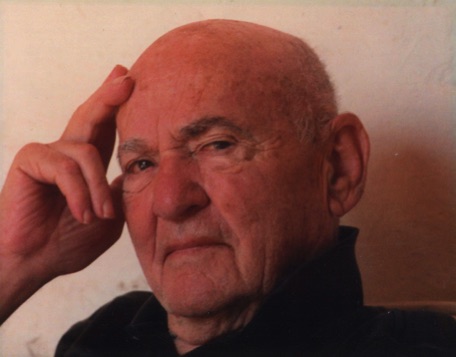
Few are aware that early in Snyder's carreer he produced with Greer Johnson, Leonard Feather the first Carnegie Hall performance by Billie Holiday and Louis Armstrong. This was the first time that African American artists had performed at Carnegie Hall.


In 1986 at Snyder's 70th birthday cellebration Tom Schiller, filmmaker and writer for the early Saturday Night Live shows, shot this home video mock interview.
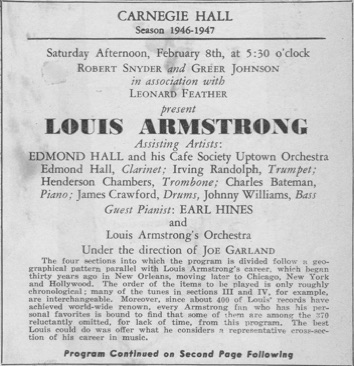
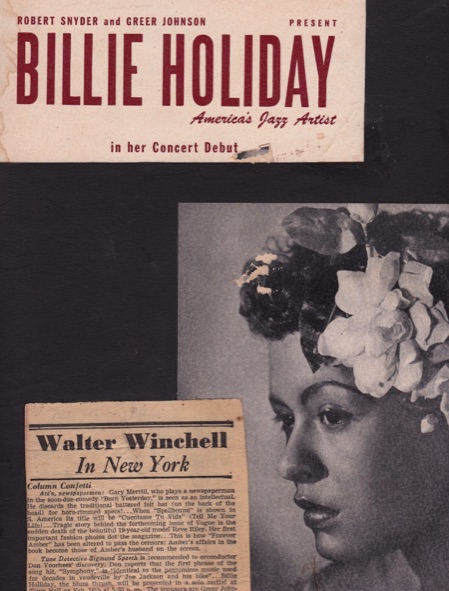
Photograph by Robert Brown
Robert Snyder found the biography to be his favorite form, having produced and directed films on Pablo Casals, Henry Miller, Buckminster Fuller, Anais Nin, Claudio Arrau, Will and Ariel Durant, and Michelangelo, he has made other motion pictures ranging in subject matter from insects (The Hidden World narrated by Gregory Peck and Oscar nominated for Best Documentary Feature in 1958.
Other nottable works include Bayanihan a film about the Philippine dance company, an American Sketchbook (on the lives of Igor Stravinsky, Willem de Kooning, and Buckminster Fuller), Looking at Modern Art, The CINE Golden Eagle to the coveted Oscar, as well as critical acclaim.
In addition to his many film production credits, Snyder has authored three books: This is Henry, Henry Miller From Brooklyn; Anais Nin Observed: Portrait of the Woman as Artist; and Buckminster Fuller, An Autobiographical Scenario.
He was a member of the Academy of Motion Picture Arts and Sciences, and the Directors Guild of America. Although born and educated in the east, he has lived in Southern California for many years with his wife, Allegra, a former professor of dance at UCLA.
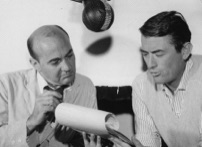
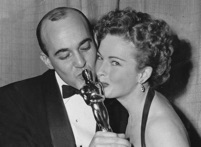
Left: Snyder accepting his Academny Award, for The Titan - with his presentor, Coleen Gray (1951). Right: With Gregory Peck recording narration for The Hidden World (1959)
